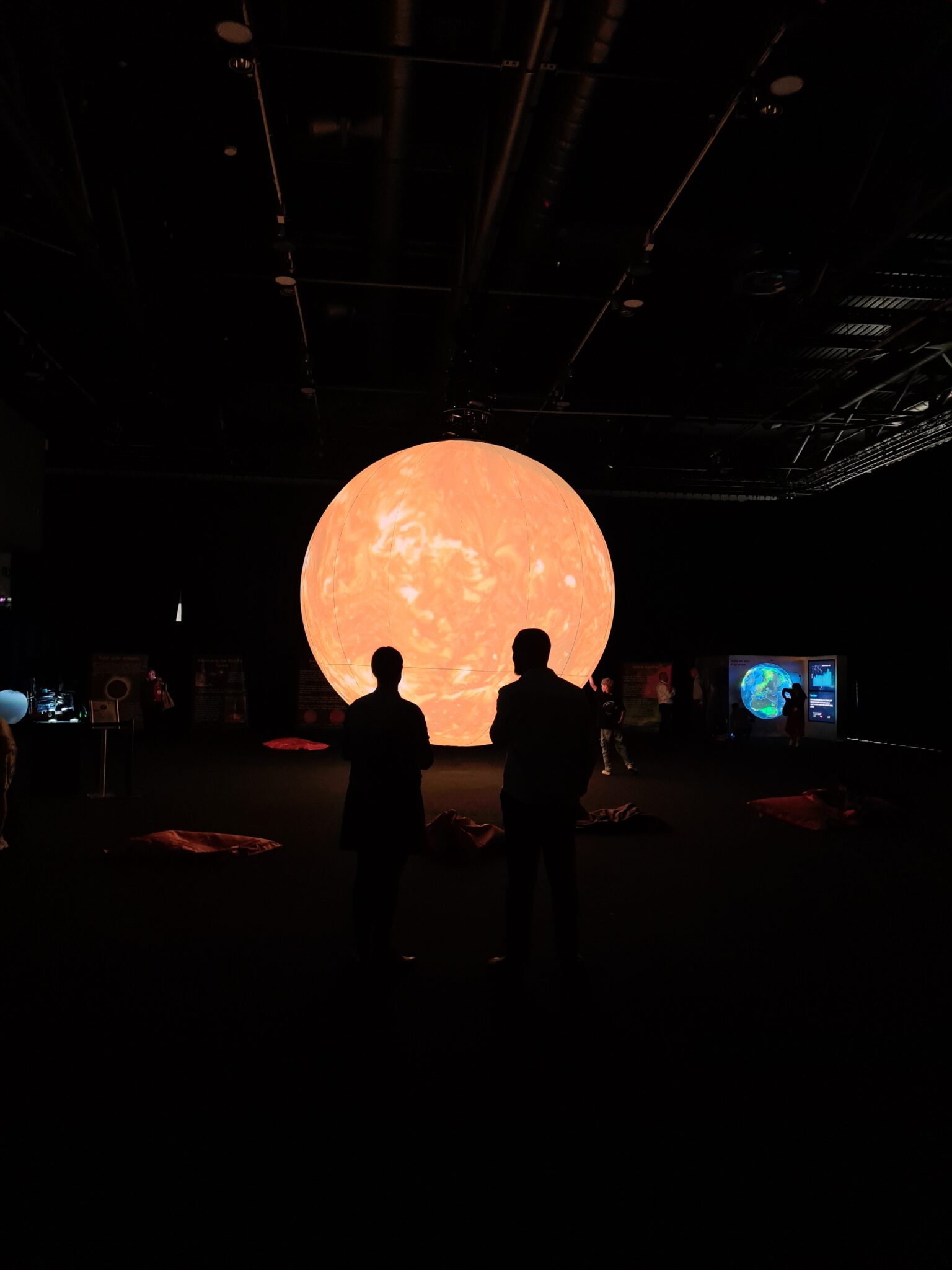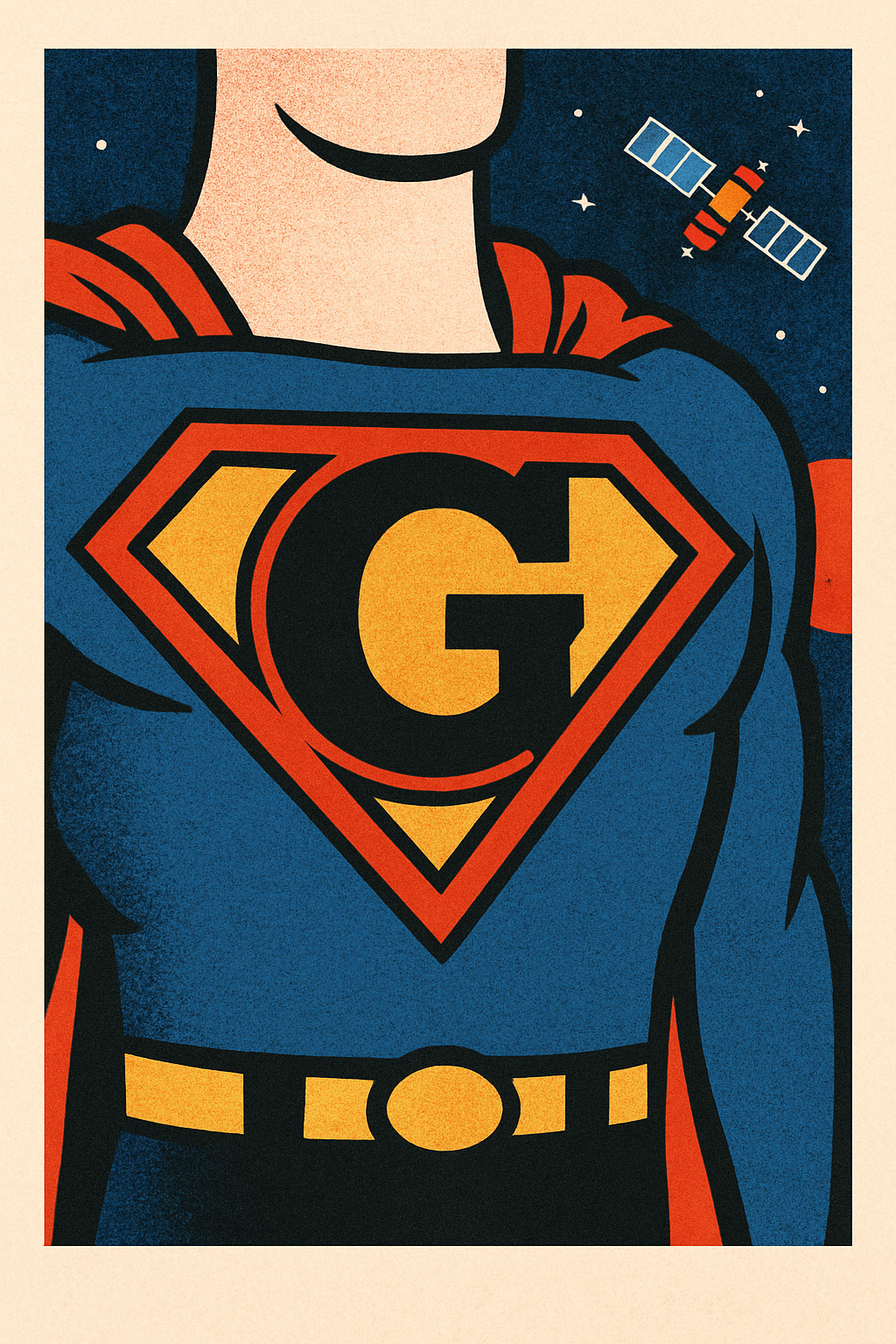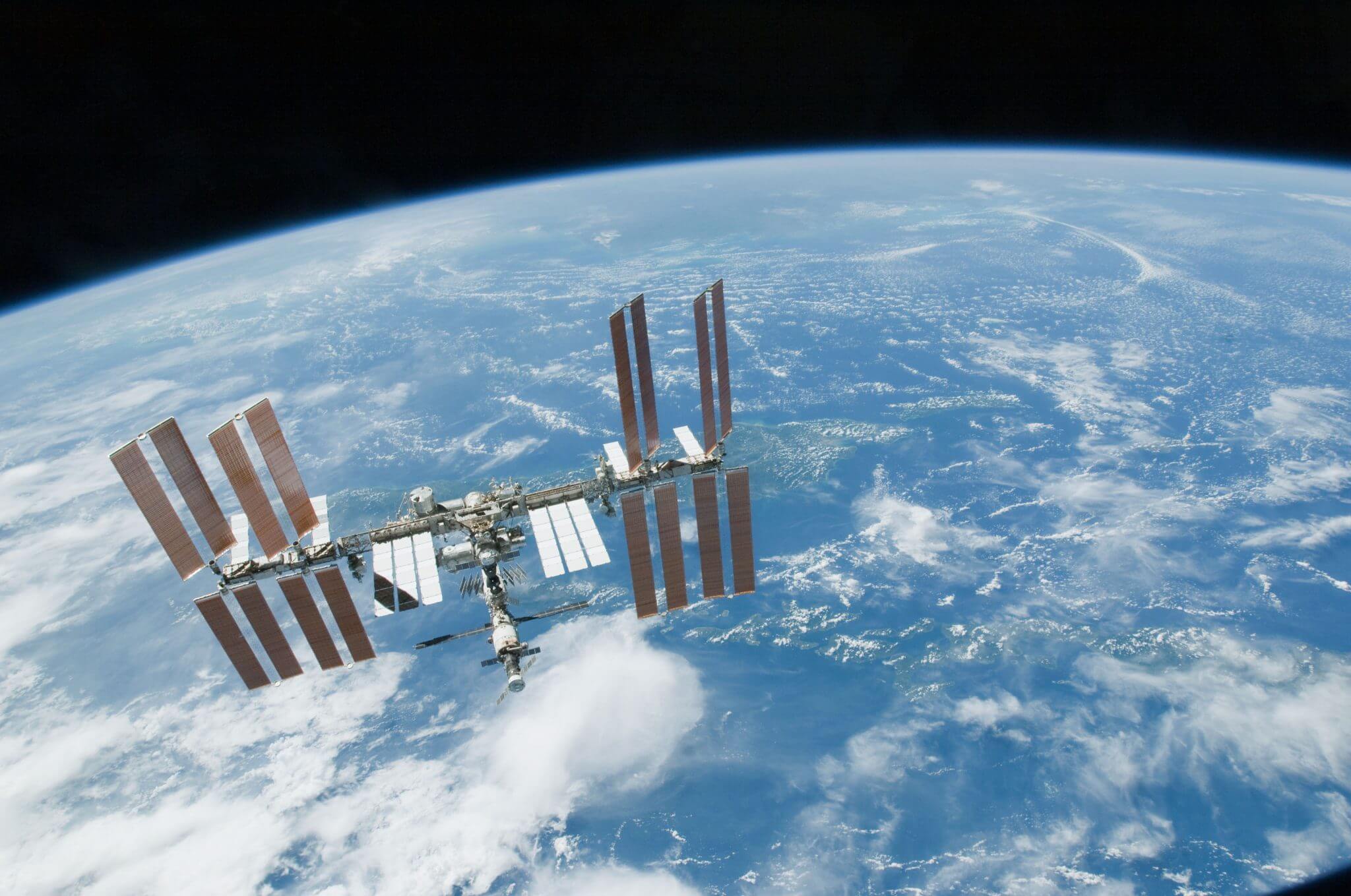While the International Space Station was originally set to retire in 2015, a retirement which was then deferred to 2020, NASA has just got permission from the Obama Administration to agree with its other national/pan-national users including Roscosmos, ESA, JAXA and the Canadian Space Agency to extend the use of the International Space Station until 2024. The decision was taken after engineering analysis including testing on equivalent modules on the ground, that the ISS could be operated safely until 2028.
In a separate development, the European Space Agency (ESA), the German Aerospace Research agency (DLR) has agreed with Sierra Nevada Corporation to perform some joint studies in respect to using Sierra Nevada’s Dream Chaser mini-shuttle to launch ESA astronauts and cargo into orbit. The studies include examining the possibility of launching Dream Chaser on top of the Ariane 5 launch vehicle in a similar fashion to the method proposed for the now-defunct ESA Hermes mini-shuttle programme.
Comment by David Todd: While it only won “half an award” in the latest round of NASA’s commercial crew development funding, Sierra Nevada’s HL-20-based lifting body design is more natural successor to the Space Shuttle. It also has several advantages over its capsule rivals: Dream Chaser has a better cross range capability, a more benign g-load re-entry environment and landing, and would probably be easier to maintain and safer as a result. Despite being officially behind Space X’s Dragon and Boeing’s CST-100 capsules so far, the Dream Chaser remains the most advanced method of sending and returning humans to and from space and remains favourite to be one of the two preferred crew delivery systems eventually selected by NASA. And now it seems ESA wants to be aboard as well. As it is, with the extension of the International Space Station’s life, NASA has at least given its commercial crew programme’s space systems somewhere to launch to.







